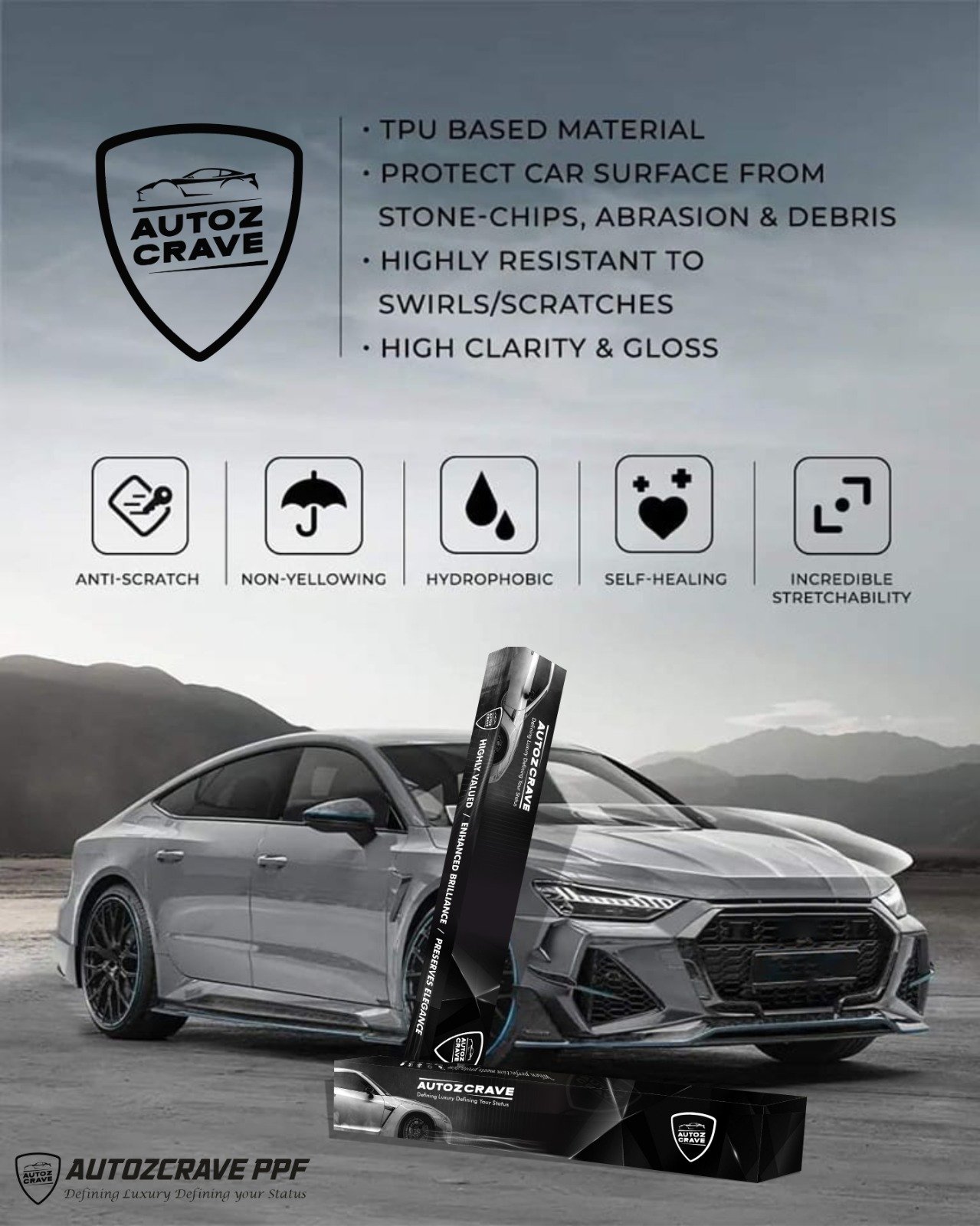Home Blog Details


Home Blog Details


Post By || 2024-04-20
TPU (Thermoplastic Polyurethane) based materials are widely recognized in the automotive industry for their exceptional qualities as paint protection films (PPF). TPU-based PPFs are favored for their durability, clarity, and protective capabilities.

TPU (Thermoplastic Polyurethane) based materials are widely recognized in the automotive industry for their exceptional qualities as paint protection films (PPF). TPU-based PPFs are favored for their durability, clarity, and protective capabilities. Here’s a comprehensive overview of TPU-based material for paint protection film:
Characteristics of TPU-Based Paint Protection Film
1. Durability: TPU is highly durable due to its intrinsic strength and elasticity. This makes it resistant to abrasions, tears, and punctures. It is ideally suited to protect vehicle exteriors from various forms of damage such as rock chips, scratches, and minor impacts.
2. Elasticity and Flexibility: TPU’s elastic properties allow it to conform seamlessly to the contours and curves of a vehicle. This flexibility ensures a snug, bubble-free application, which is crucial for both aesthetic appeal and the longevity of the film.
3. Clarity and Gloss: One of the key benefits of TPU-based PPF is its excellent optical clarity. This ensures that the film remains virtually invisible once applied, maintaining the original appearance of the car’s paint. Additionally, the high-gloss finish enhances the paint’s color depth and vibrancy, contributing to a superior aesthetic finish.
4. Self-Healing Properties: TPU films often include self-healing top layers that respond to heat. This feature allows the film to repair itself from minor scratches and swirls, maintaining a pristine appearance over time.
5. Chemical and Stain Resistance: TPU films are resistant to chemicals and staining. This means they can repel harsh contaminants like bird droppings, tree sap, and road salts, which might otherwise etch or stain the vehicle’s paint.
6. UV Resistance: UV inhibitors are integrated into TPU films to prevent the underlying paint from fading due to prolonged exposure to the sun’s ultraviolet rays. This feature helps in preserving the vibrancy and gloss of the car’s exterior over time.
7. Hydrophobic Properties: Many TPU-based PPFs are treated to be hydrophobic. This means they repel water, making it easier to clean the car as water beads up and rolls off the surface, taking dirt and grime with it.
Applications and Installation
Application Areas : TPU-based PPF can be applied to any exterior painted surfaces of a vehicle, including high-impact areas such as hoods, front bumpers, side mirrors, and door edges. It is also used on motorcycles and bicycles for similar protective purposes.
Installation: For best results, TPU-based paint protection film should be installed by professional technicians. Proper installation ensures that the film is aligned perfectly, without any wrinkles or bubbles, which maximizes its protective properties and visual appeal.
Maintenance and Longevity
Maintenance: Maintaining a TPU-based PPF is straightforward. Regular washing to remove dirt and occasional waxing or applying a sealant can help maintain the film’s hydrophobic properties and gloss.
Longevity: When properly maintained, a TPU-based paint protection film can last between 5 to 10 years, depending on environmental conditions and usage.
In summary, TPU-based paint protection films offer a robust, long-lasting solution for safeguarding vehicle exteriors against various forms of physical and environmental damage. Their excellent clarity, durability, and self-healing capabilities make them an ideal choice for car owners seeking to maintain their vehicle’s pristine condition and resale value.